AIGL is proud to be announces the services of mobile lab that has taken the trade by storm. The minimum requirement for requesting for such a service is 200 pieces. Our mobile laboratory business model will take away all your worries related to transporting the product for certification, a team of professionals comprising of highly trained gemmologists, a photographer and a data expert will visit your premises and certify your stock on-site working in excellent coordination for optimal results. They carry all necessary equipment required to test and analyse the diamond’s characteristics in studded conditions. Now you dont have to worry about either posting diamond studded jewellery or carrying them to the laboratory for testing.
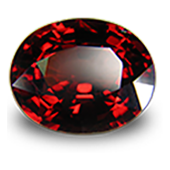
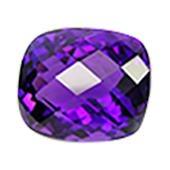
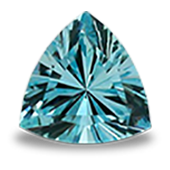

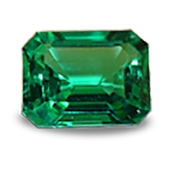
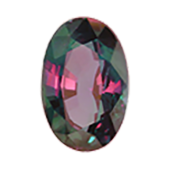
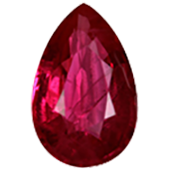
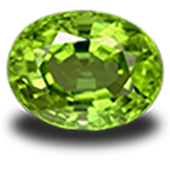
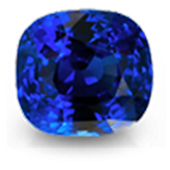
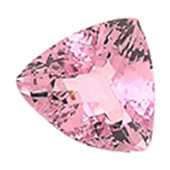
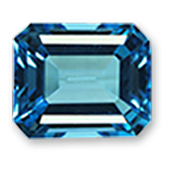
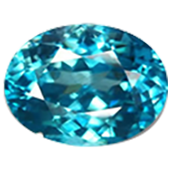
Gemstone identification is the foundational service of any gemstone laboratory. This process involves determining the exact type and authenticity of a gemstone. Using advanced tools like spectroscopes, refractometers, and polariscopes, gemologists examine the gemstone's optical properties, such as refractive index and birefringence. They also use microscopic analysis to identify inclusions or internal features that can indicate the gemstone's natural or synthetic origin. This service is crucial for verifying whether a gemstone is a natural creation or an artificial product. The identification report provided to the client includes detailed information about the gemstone, including its type, origin (if determinable), and any treatments it may have undergone. Accurate identification protects consumers and ensures they receive the true value of their gemstone investments.
Clarity grading evaluates the internal and external flaws or inclusions present in a gemstone. These imperfections can range from tiny crystals trapped within the stone to surface blemishes. Clarity is a critical factor in determining the gemstone's overall value, especially in diamonds where clarity is a key component of the 4Cs (cut, color, clarity, and carat weight). In this service, gemologists use high-powered microscopes to inspect the gemstone, assigning it a clarity grade based on the size, number, location, and visibility of inclusions. The clarity grade helps buyers understand the purity and potential visual appeal of the gemstone, allowing for informed purchasing decisions.
Color analysis focuses on evaluating the color characteristics of gemstones, which are essential in determining their beauty and market value. For gemstones like sapphires, rubies, and emeralds, color is the most significant quality factor. Gemologists assess three main aspects of color: hue (the basic color), tone (the lightness or darkness), and saturation (the intensity of the color). Using advanced colorimeters and comparison with standardized color charts, the laboratory provides an objective assessment of the gemstone's color quality. This analysis is vital for ensuring that gemstones meet market standards and customer expectations, especially for stones that are sold primarily based on their color.
The cut of a gemstone greatly influences its brilliance, fire, and overall visual appeal. Cut assessment examines the precision and quality of the gemstone’s cut, including aspects such as symmetry, proportions, and polish. A well-cut gemstone will reflect light optimally, enhancing its natural beauty and making it appear more luminous. Gemologists use tools like proportions scopes and light performance analysis to evaluate how well the gemstone has been cut. This service is particularly important for diamonds, where the cut grade is a critical component of the overall quality rating. The cut assessment provides valuable information for buyers and sellers, ensuring that the gemstone has been crafted to maximize its aesthetic potential.